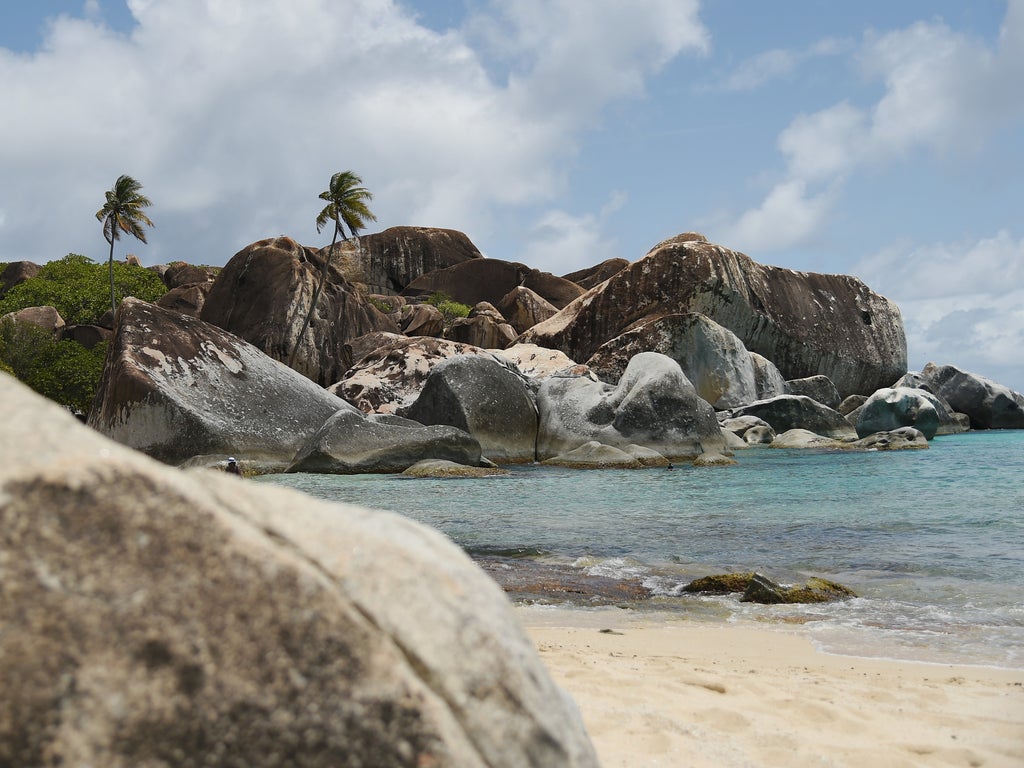
The British Virgin Islands (BVI) is in the spotlight after its premier, Andrew Fahie, was arrested in Miami, Florida, accused of drug trafficking and money laundering.
Mr Fahie, Oleanvine Maynard - who is the managing director of the BVI’s port authority - and the latter’s son Kadeem Maynard were all arrested on charges of conspiring to import more than 5kg of cocaine into the US after reportedly being caught up in a sting operation at the city’s airport by undercover Drug Enforcement Administration (DEA) agents posing as traffickers.
The BVI, situated to the east of Puerto Rico and the US Virgin Islands and north of Anguilla, is a British Overseas Territory, its residents British citizens since 2002.
The island chain – the biggest land masses of which are Tortola, Virgin Gorda, Anegada and Jost Van Dyke – is a parliamentary democracy but its ultimate executive authority is its governor, who is appointed by the Queen on the advice of the British government.
Its defence and foreign affairs remain the responsibility of the UK.
Responding to Mr Fahie’s detention, British foreign secretary Liz Truss said she was “appalled by these serious allegations” against the leader of the ruling Virgin Islands Party and added that she and Mr Rankin would be holding an emergency meeting to “set out next steps”.
One of those measures will be to urgently publish a recently completed report by the Commission of Inquiry into how the territory is governed, she said.
The first European to set eyes on the Virgin Islands was famed explorer Christopher Columbus in 1493 during his second voyage to the Americas, who named them after the Christian legend of St Ursula and the Eleven Thousand Virgins.
They were subsequently claimed by Spanish colonists, before the Dutch built a permanent settlement on Tortola in 1648.

The island was captured by the British in 1672, who subsequently annexed Anegada and Virgin Gorda eight years later and turned the archipelago into a centre for sugar cane cultivation, shipping in African slaves to work its plantations.
This practice endured until 1830s, when the abolition of slavery within the British Empire coincided with a series of devastating hurricanes that tore through the islands’ cane fields.
The BVI was previously administered with the British Leeward Islands or as part of a grouping with St Kitts and Nevis before they gained separate colony status in 1960 and became autonomous in 1967.







